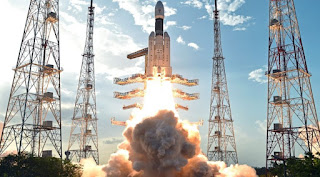New Tech Spins-Flings Rockets to Space

SpinLaunch: Launching Rockets with a Giant Centrifuge Source: SpinLaunch Tremendous Fuel Savings A Long Beach, California based company has developed a unique breakthrough technology that literally flings rockets into space. The technology is under development with big investment backing and a contract from the US Department of Defense. The SpinLaunch system is a giant centrifuge, the size of a football field, that will spin rockets up to 5,000 mph and then fling them out for orbit into space. What's the key value: tremendous fuel savings. The company says, it will be able to do 5 launches a day at a cost of $250,000 per launch as a result of the fuel savings. Giant Centrifuge and Kinetic Energy The giant centrifuge launch system is based on kinetic energy. Inside the centrifuge, which is a partial vacuum, a long arm with a launch vehicle on one end and a counterweight on the other, starts accelerating the spin speed over a few hours. At peak velo





